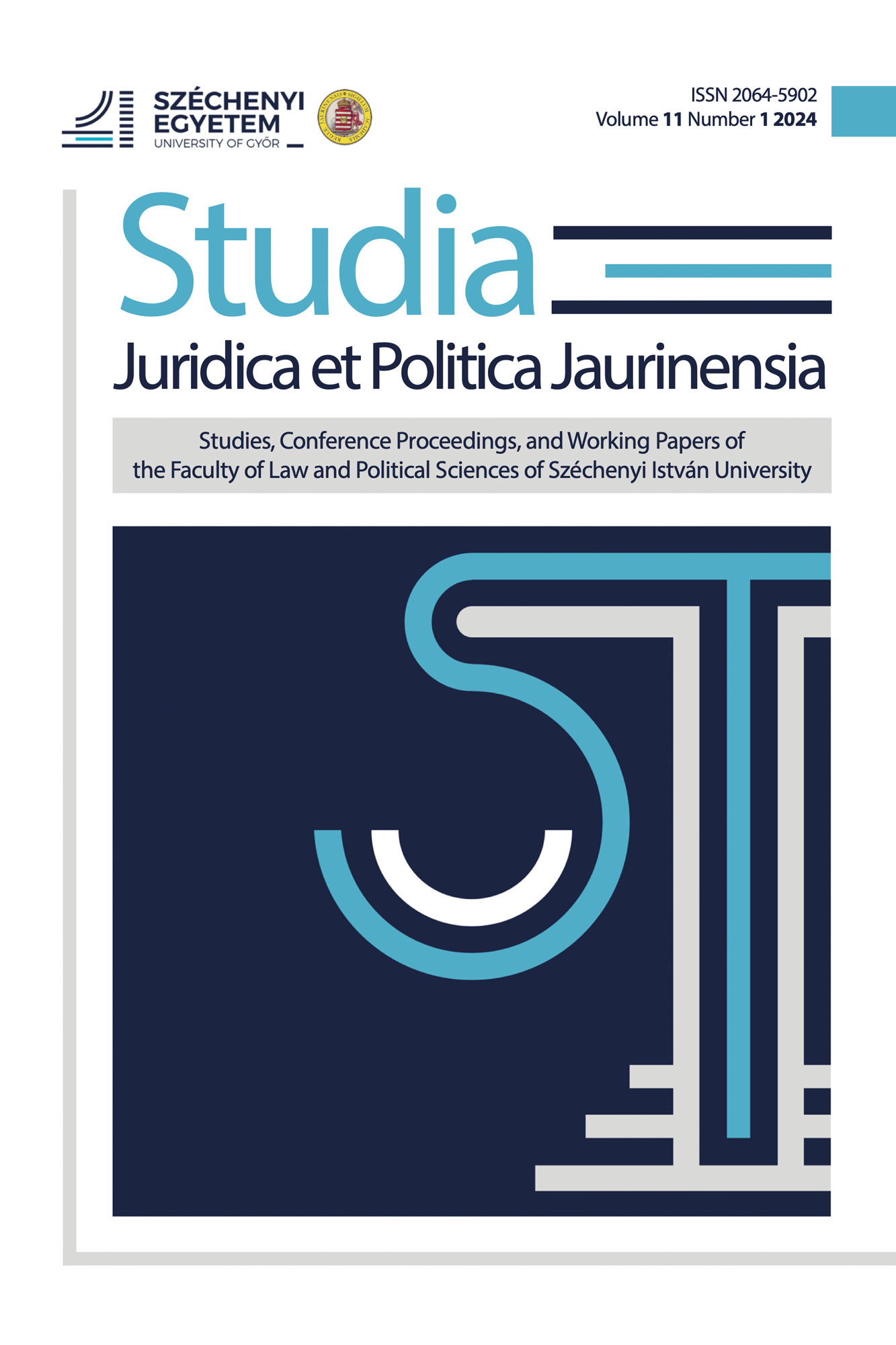Law & Architecture
Architecture, law, and power: Relationship between law/politics and architecture
Law, power, culture, symbol, architecture
My interdisciplinary approach brings together the expertise of lawyers, architects, and art historians to examine the representation of law, power, and culture. Using a descriptive method, my research also incorporates elements of legal and art history, exploring how legal architecture functions as a symbol of power and reflects the legal system’s societal role. Public authority buildings, such as courts and prisons, serve as significant cultural artifacts, representing not only the institutions they housed but also broader meanings connected to authority and law. These buildings are an essential part of legal cultural history, revealing the relationship between law and architecture throughout different eras.
Legal architecture, a term coined by István Kajtár, is deeply intertwined with both law and culture. Law shapes social relations, while culture, as a nation-forming force, influences the way law is expressed in physical spaces. Architecture, in this context, reflects legal norms and institutional systems, serving as a concrete expression of human culture. Over time, legal and authoritative architecture must be continually reinterpreted to reflect changing societal values and the objectives of those in power. As highlighted in Zoltán Megyeri-Pálffi’s theory, the period, authority, and purpose of a legal building, including its spatial arrangement and geographical placement, play a critical role in its significance.
In modern times, legal architecture has shifted focus from monumental representations of power to human-centred design, emphasizing functionality, acoustics, lighting, and integration into the urban environment. The technological revolution and digital administration present new challenges to legal architecture, raising the question of whether physical representations of authority will continue to be relevant in the future. The evolving relationship between technology and architecture prompts us to reconsider the role of physical structures in representing power and law.


